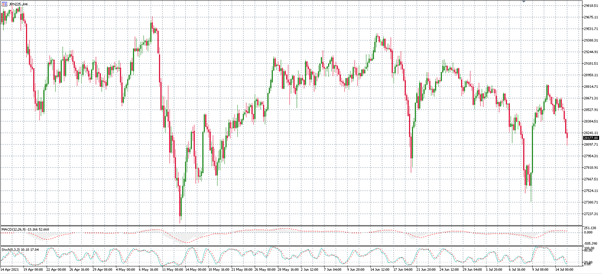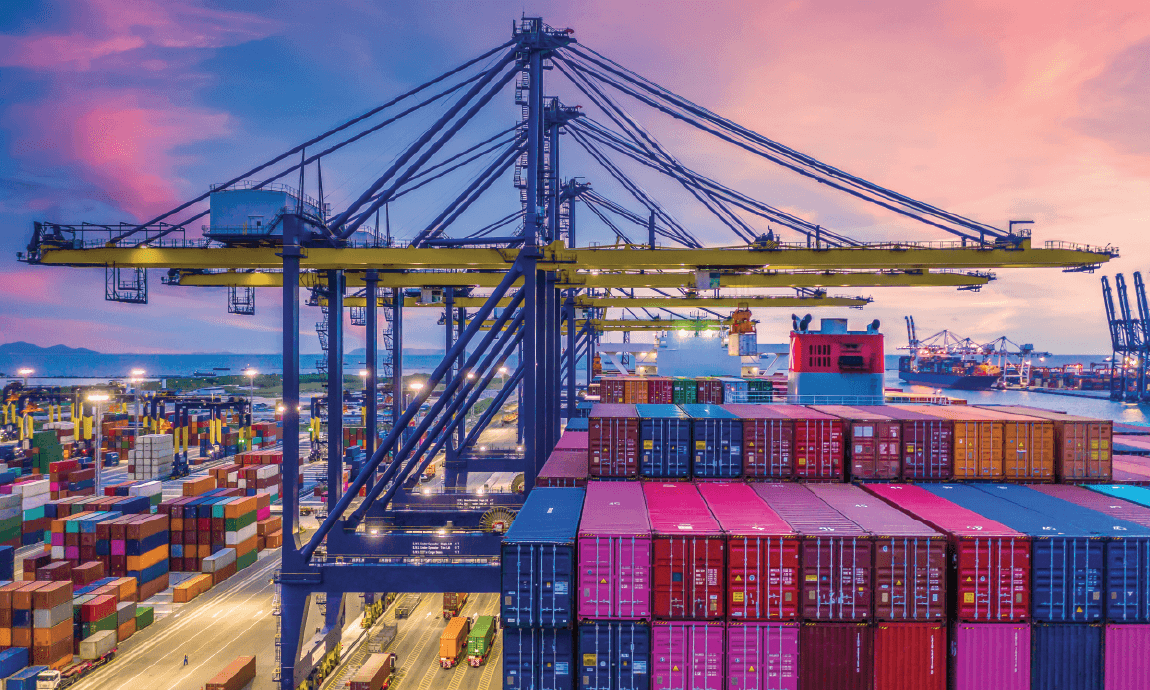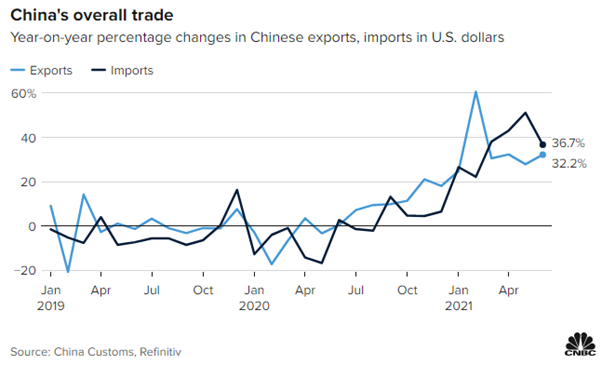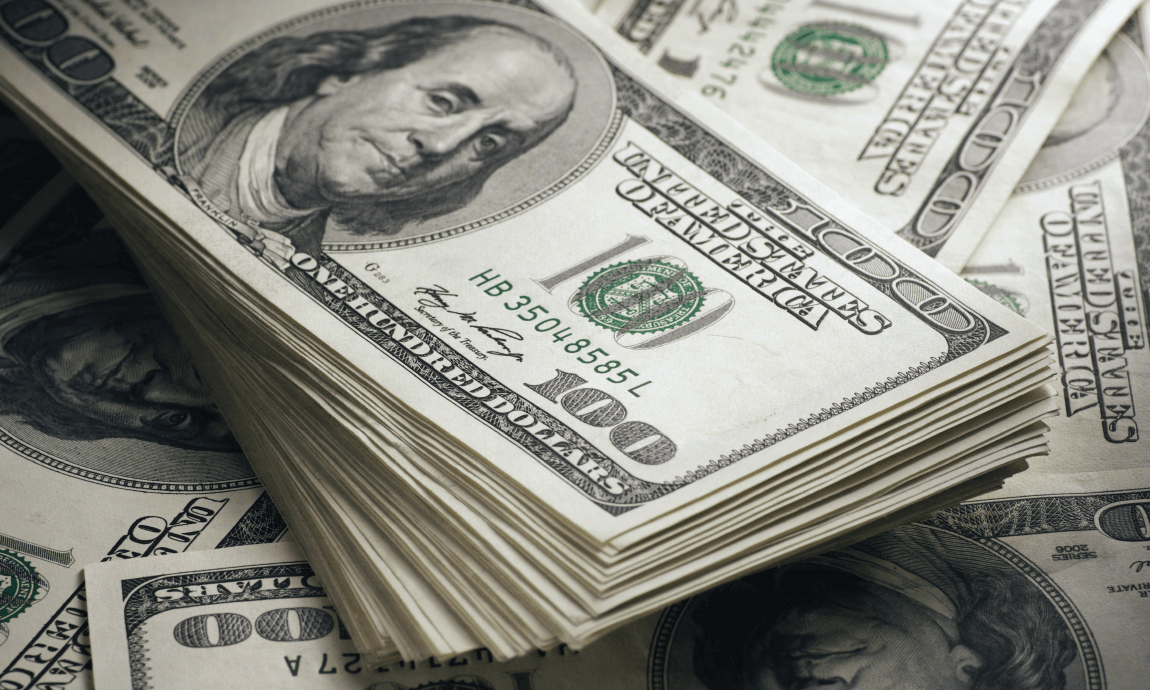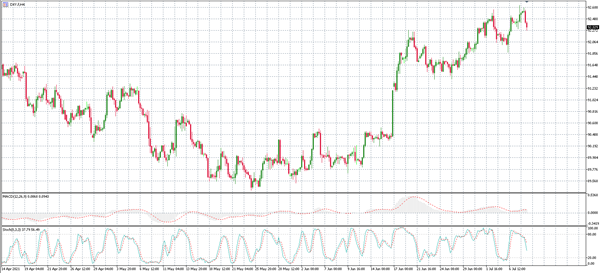We are delighted to announce a new partnership with leading technology firm Tools for Brokers (TBF) and join their ecosystem for stronger liquidity bridging. Our company will be using TBF’s Trade Processor liquidity bridge on the MT4 and MT5 trading platforms.
Tools for Brokers is a well-known technology provider of MetaTrader 4 and MetaTrader 5 solutions. The company offers a wide range of products and services to address the most critical needs of financial brokers. TBF has expanded services significantly since the start of 2021, and Trade Processor has been developed to addresses specific challenges that global financial brokers are facing these days. With Trade Processor, a liquidity bridge, being the cornerstone of the ecosystem, it is supported by an advanced monitoring and reporting solution, a money management system, and multiple plugins and applications targeting specific broker challenges.
Commenting on the recent selection of TFB’s Trade Processor ecosystem, Exclusive Capital’s Managing Director Lambros Lambrou said: “We are pleased to partner with Tools for Brokers and integrate their liquidity bridge into our infrastructure. TFB has a long history of providing reliable and modern broker solutions, so we are confident that this partnership will benefit our clients and will help us strengthen our position in the market.”
In a recent interview Albina Zhdanova, the COO of Tools for Brokers commented: “We are glad to have Exclusive Capital join us as partners. As a global broker with a long-standing history in the trading world, they provide investors with an excellent service, and we are glad we can support them in their further expansion.”
Looking forward to fruitful cooperation.




